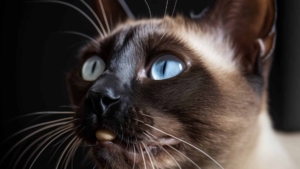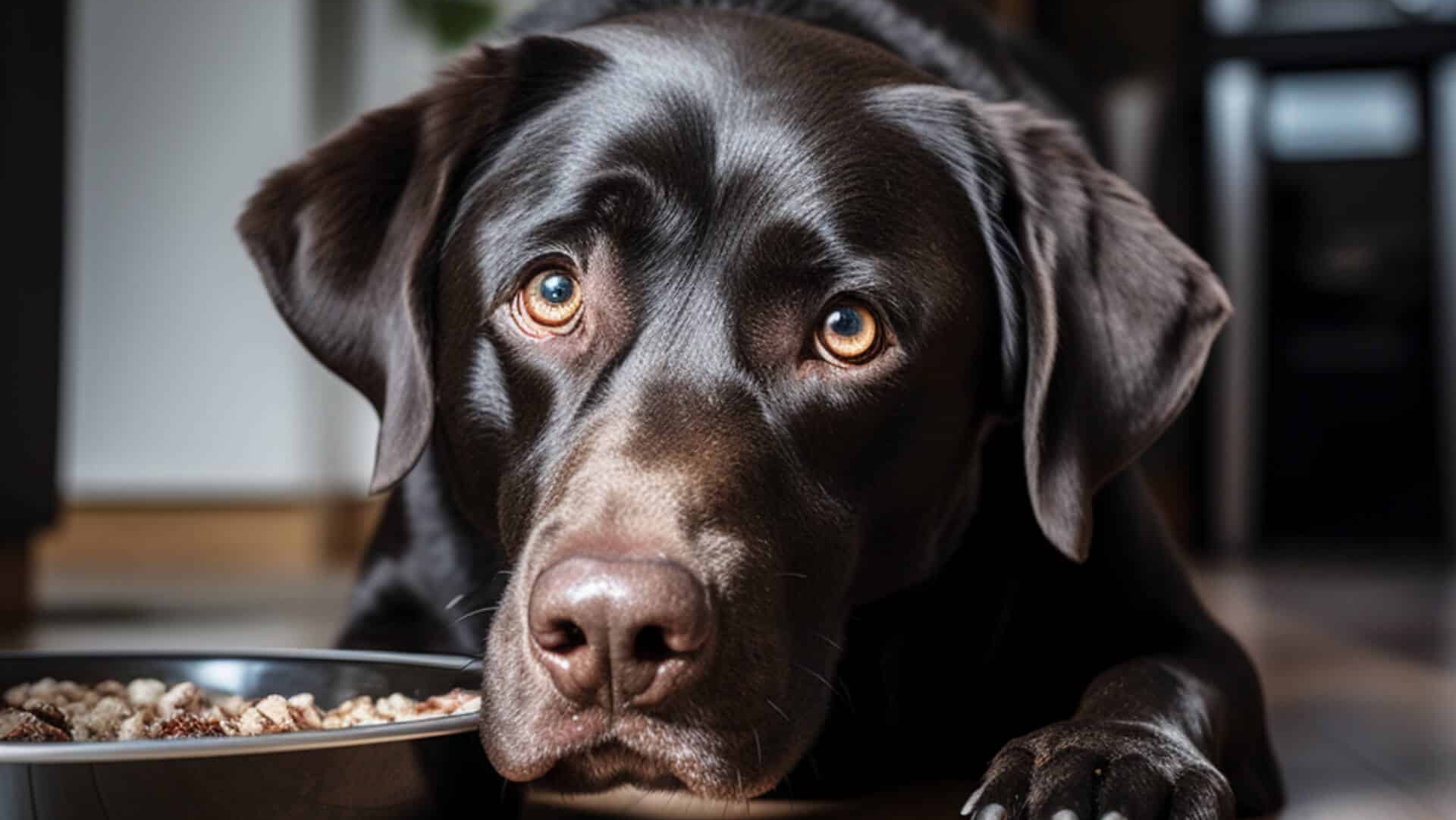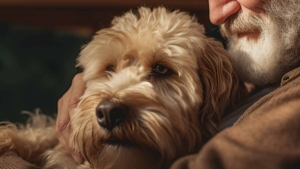5 Signs of Dental Pain in Pets
Hey there, Pet Parents! Dr. B here, and I’m thrilled to kick off Pet Dental Month by shedding light on the top 5 signs that your pet might be dealing with dental pain. February is all about those pearly whites, and it’s crucial to recognize the signs because, guess what, dental disease isn’t just a cosmetic concern – it can be downright painful for your pets.
February: The Month of Healthy Smiles
February, the month of love, is also the perfect time to show some love to your pet’s dental health. I’m diving into the month’s first blog with the top 5 signs indicating that your pet might be silently suffering from dental pain.
Dental Disease Stats – It’s More Common Than You Think!
According to numerous studies, 80% of dogs exhibit signs of dental disease by age 3. Cats aren’t exempt either, with 50% to 90% showcasing dental issues by the time they hit 4. So, why should you care? Beyond the cosmetic concerns, dental disease can cause actual discomfort for our four-legged pals.
Causes of Dental Woes
You might wonder, “What’s causing all this trouble?” Gingivitis, broken teeth, resorptive lesions (especially in cats), and, yes, even cavities are common culprits. Remember that throbbing toothache you had once? Imagine your pet dealing with that kind of pain – not fun, right?
We can ask our pets if a tooth is bothering them. Our responsibility is to recognize early signs of tooth pain, and being proactive in diagnosis and treatment is key. 🤔💡
5 Signs Your Pet May Be Experiencing Dental Pain
Halitosis – The Not-So-Fresh Breath
Bad breath isn’t just an inconvenience; it might signal bacterial disease linked to plaque, calculus, or unhealthy tissues. Other causes range from malodorous foods to underlying health issues. So, if your pet’s breath is less than pleasant, it’s time to investigate.
Changes in Eating and Chewing Habits
Is your pet chewing slower than usual or favoring one side of the mouth? Dropping kibble while eating could be a sign of oral pain. Sneaky tartar buildup on one side might go unnoticed, but it is a subtle clue to watch out for.
Teeth Chattering – More Than Just Cold!
Oral pain might be the culprit if your dog starts teeth chattering out of the blue. Cats with resorptive lesions commonly exhibit this behavior. Other causes include jaw problems, seizures, pain, and more.
Drooling – Not Always a Sign of Affection
While some drooling is normal, excessive drooling can indicate pain. Differentiating whether the pain originates from the mouth or elsewhere is crucial.
Behavioral Changes – They Speak Louder Than Words
- Head Shy: Pets love head scratches, but if they become reluctant, it could be due to oral pain. Severe cases may lead to biting.
- Scratching at the Face: Pawing or scratching at the mouth or face is a clear sign of discomfort.
- Decreased Grooming: A matted coat might result from decreased grooming in a cat with a painful mouth.
Reason 6 (An Extra Sign) – When You Don’t Notice Anything
“But my dog doesn’t seem like they are in pain?” This typical response I get from pet parents when discussing dental disease highlights a significant challenge. Most pets maintain their usual routines even with oral pain. Some pets endure pain for extended periods without it being addressed. Sometimes, pet parents only notice a difference after extracting diseased teeth, realizing their pets feel better.
Additional Blogs This Month
Stay tuned for more dental wisdom this month! We’ll discuss dental home care recommendations and the importance of professional dental cleaning to evaluate and treat underlying conditions. Let’s keep those tails wagging and those smiles sparkling!
To Healthy Smiles, Dr. B







